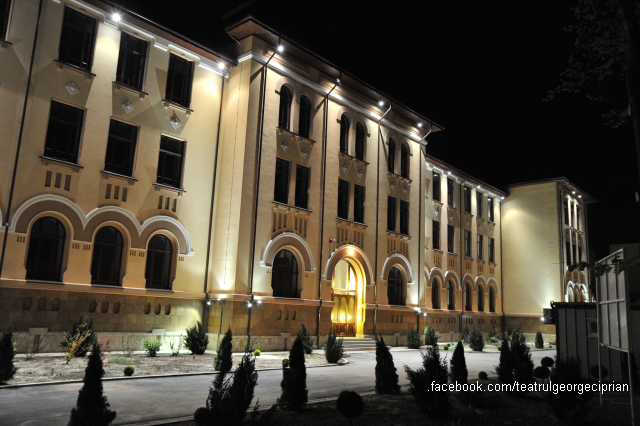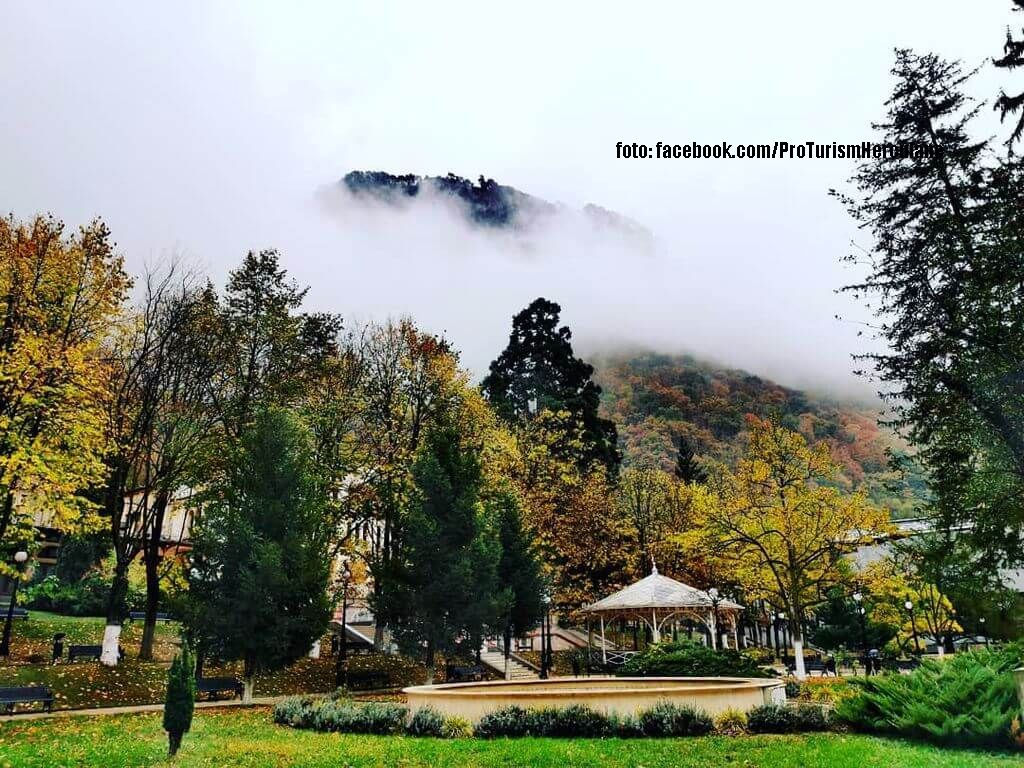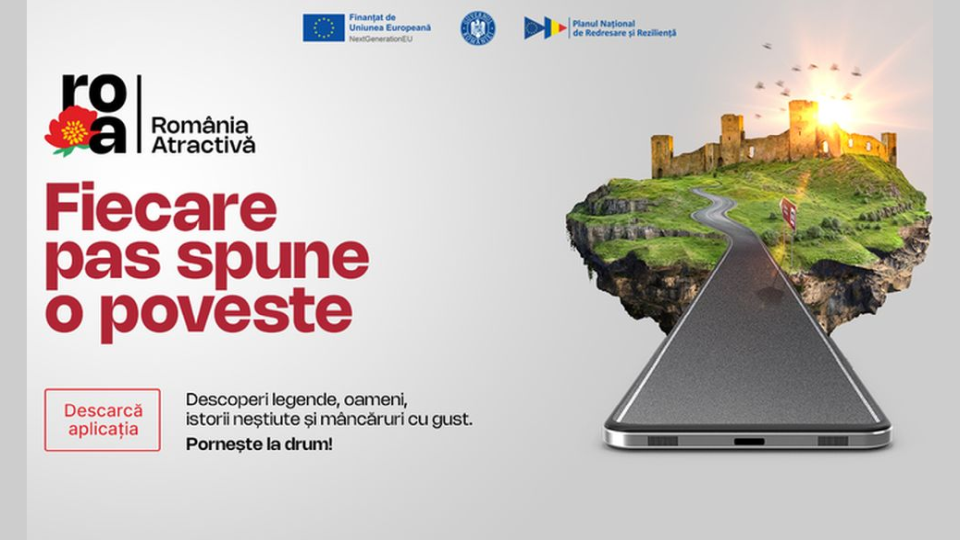Wine Tourism in Romania

Daniel Onea, 29.09.2021, 17:27
Romanian wine growing is based on internationally recognized varieties of quality, winning many awards at prestigious competitions. This is yet another reason to pick as a vacation destination the hilly areas of Romania, covered with vineyards. Here you can find many guest houses, but also wine cellars with great local food and great wines. Tourists visiting them get initiated in the art and technique of wine tasting, and during tours, they get told the story of the wines. At the end of the visit, guests can stop over at the display store, to get a good wine souvenir.
Today we aim for the county of Buzau, on the elbow of the Carpathians, one of the most important wine growing areas in Romania, more specifically to one of the best red wine producing vineyards in the country. Mihai Banita is one of the two wine experts with the Lacerta Vineyard:
“Dealu Mare Vineyards is by far the most valuable for red wines in Romania. In addition to the favorable combination between the quality of the soil and the number of daylight hours, rainfall, everything that makes grapes grow well, we are also close to Bucharest. That means a higher number of wine tourists. It only takes them about an hour to get from Bucharest to the Dealu Mare wine region.”
Mihai Banita told us that it is preferable for tourists to arrive here by appointment, but not necessarily:
“The tourists arrive at the vineyard, and the visit starts with a welcoming glass of wine, and a tour of the wine cellar. The tour takes about 30 minutes. The tour is meant to take tourists through the steps of wine making, showing them how the wine they have in their glass gets there. After the tour comes the tasting, where we offer for tasting from three to seven varieties. We are very flexible. It all depends on the group that visits. Therefore, the tour and the tasting take about an hour and a half. We always try to pick a theme. Depending on the group, we ask two or three questions, and also find out if they lean towards whites or reds. The wines have to be very different, in order for the tourists to understand that each wine has its merits. Different wines should be enjoyed at different hours of the day, with the appropriate food.”
Around 8,000 tourists come to the vineyard every year, in what is considered ecological tourism, Mihai Banita further told us:
“Of this total, about 30% are foreign tourists. A large part of them work in Romania, mostly Bucharest. However, there are plenty of people from outside the country for wine tasting. The most important thing is for them to leave delighted by the quality of the wine. However, it is also the location of the vineyard, among hills that recall the region of Tuscany, that help us promote wine tourism. In principle, the wine is the star of a vineyard, and after a tasting people should be enticed to come back for the quality of the wines.”
In terms of quality, Romanian wines fare very well, Mihai Banita told us:
“In the end, this is the decisive factor. There has been quite a lot of replanting in the last decade, decade and a half. A lot of wine cellars have been built too, and this sector has been thoroughly modernized. The potential is there, we just have to be patient, and connect better with the area of sales and that of promotion. On average, Romanian wine is at a fairly high level. Tourism is a factor that can contribute to a rapid development of the sector, consolidating the image of Romanian wine. I eagerly invite any listener in Romania or abroad to visit as many vineyards as they can, attend tastings and presentations of wines.”
When wine tourism is paired with cycling tourism, the experience is even richer. Here is Adrian Voican, the president of the Prahova County Tourist Development and Promotion Association:
“We love nature, we want to be in the middle of the forest after a week of work, so that we have lots of events every weekend. At the same time, we also go to taste wines, seeing what autumn is like in the vineyard, because that is the big attraction in Prahova County. We have four large scale wine areas: Valea Călugărească, Ceptura, Urlați, Tohani, with dozens of vineyards and cellars, with a great variety of wines. Nature and exercise come to complete the picture. If we are with friends and family, we can have a picnic, BBQ, and campfires. This would be a typical short autumn outing. These days, we can draw attention to a short circuit, which we call the Paulesti Trail, about 20 km long. We welcome kids, and the circuit can be made with a guide, with a supply vehicle with water and snacks, but we can also offer a meal at the wine cellars in the area. You can rent plain bicycles, as well as electric ones. The average circuit has about 26 km.”
Over the last few years, the wine producers have been trying to link local wines to local foods, especially cheeses, to emphasize local traditional foods.






























